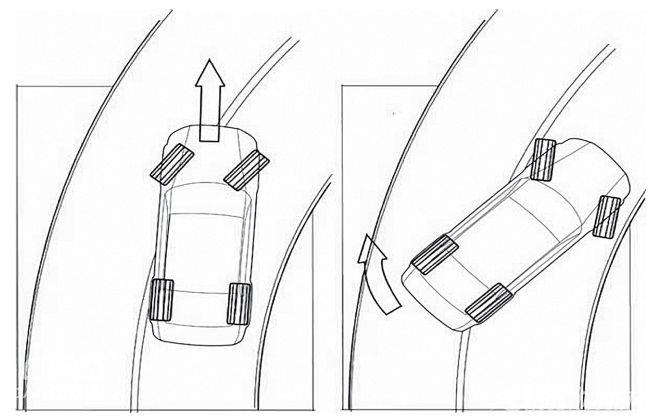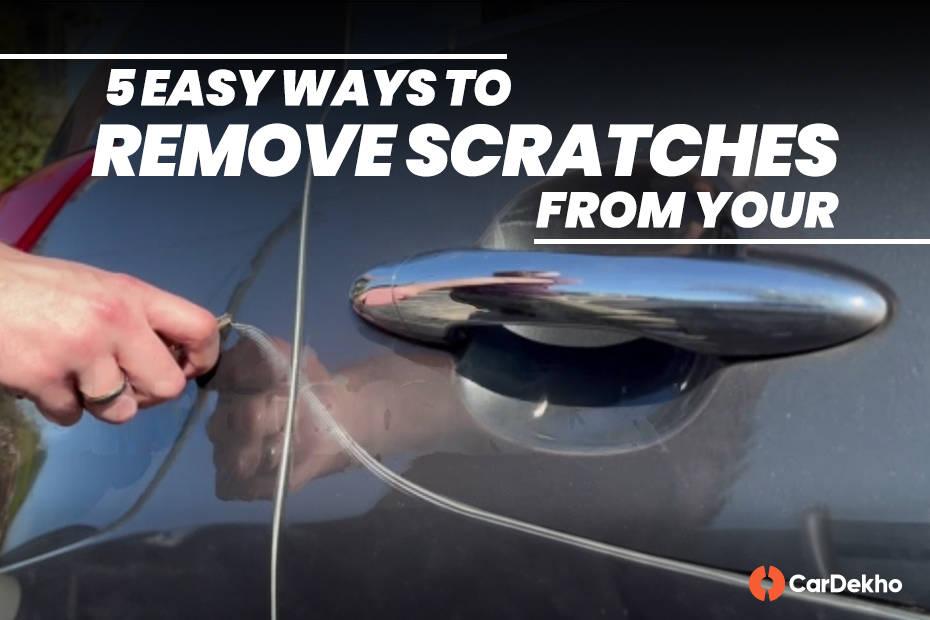Understanding oversteer and understeer and nailing it right!
Modified On Feb 02, 2015 04:30 PM By Firdaus
- Write a comment
Often you must have heard car reviewers and drivers using terms like oversteer and understeer to describe the handling characteristics of a car. It’s not the thing that only professional experience, but every man or woman who drives a car goes through this phenomenon at some point or the other. It is just like that we want to know what to call it right now. So how do we explain understeer and oversteer? And what do we do in case of these? Let’s find out.

(Left: Understeer; right: oversteer)
Oversteer: Oversteer is defined as a car’s tendency to turn more sharply than what the driver intends it to. This usually happens when the car’s rear tyres are spinning at a much higher rate than the front tyres; putting it simple, the rear of the car slides sideways like it would in the case of a drift. Drifting itself is intentional oversteer! If you can control the rate of oversteer, you have a drift! Here are a few reasons why your car may oversteer.
1. Entering the corner too fast
2. Accelerating aggressively into the corner or mid-corner
3. Braking into the corner or mid-corner
Symptoms of oversteer
The car may feel light particularly at the rear, due to lack of grip
The car starts sliding and rotating as the driver starts facing the inside of a corner
To correct oversteer one should
1. Not enter a turn too fast and by all means avoid mid-corner braking. When you enter a corner too fast, you risk losing the grip equally. And in case you find yourself in such a scenario, ensure whatever input you give to the car, the next is really smooth. If you do find yourself braking mid-corner, ensure that the same is done in a really smooth and progressive manner, try steering around than make an emergency stop. In order to correct brake-induced oversteer, smoothly but rapidly, release the brake and the tyre grip will come back on the track.
2. If you find yourself in an oversteer situation, apply the brakes and stay on them until the car comes to a halt. No matter what the reason for oversteer, make sure you keep the front wheels pointing in the direction you want to go in, failing to do so will result in a spin. This technique is called counter-steering or opposing lock. It’s a very simple thing to do – put in enough steering effort to ensure the car goes in the direction you want it to go in; a little effort in this respect will make the car spin in the ongoing direction while too much will cause you to spin/drift in the opposite direction. The only way to master it perfectly is to practice.

Understeer: This happens when the car’s front tyres are spinning at a much higher rate than the rear tyres. The front tyres lose traction sooner than the rear ones and instead of spinning, the car will slide straight off the road. You are most likely to understeer if you
1. accelerate into a bend/corner
2. Brake into a corner
3. Low traction in the corner
4. Getting into a corner too fast
Symptoms of understeer
The steering feels light
The car starts sliding towards the outside of a corner
There can possibly be some noise from the front tyres/wheels
To correct understeer
1. Easy off the acceleration, lift your foot off the paddle and allow the tyres to regain traction. When you apply brakes on a car, the weight is transferred at the front. So if you brake in a corner, you’re using most of the available grip to cut down on the speed. If along with this you apply steering lock, then the lateral forces of the tyre can cause it to lose the available grip. So the best way to tackle an understeer is to step off the throttle, let the tyres find some grip and then throttle again. In case you experience understeer on a straight exit, the best way is to just keep off the throttle and let the car go straight, do not brake-in to come to an immediate halt; and in any case do not brake aggressively.
Common measures to prevent oversteer and understeer:
1. Always ensure the tyre pressure is optimum and the tyre tread is deep enough
2. Rotate tyres on all sides at regular intervals
If you want to learn controlled oversteer, the best place is the racetrack. There is plenty of run-off area in case you go overboard and the tight corners and bends that you’ll practice oversteering will help you tackle road going corner with much ease.












